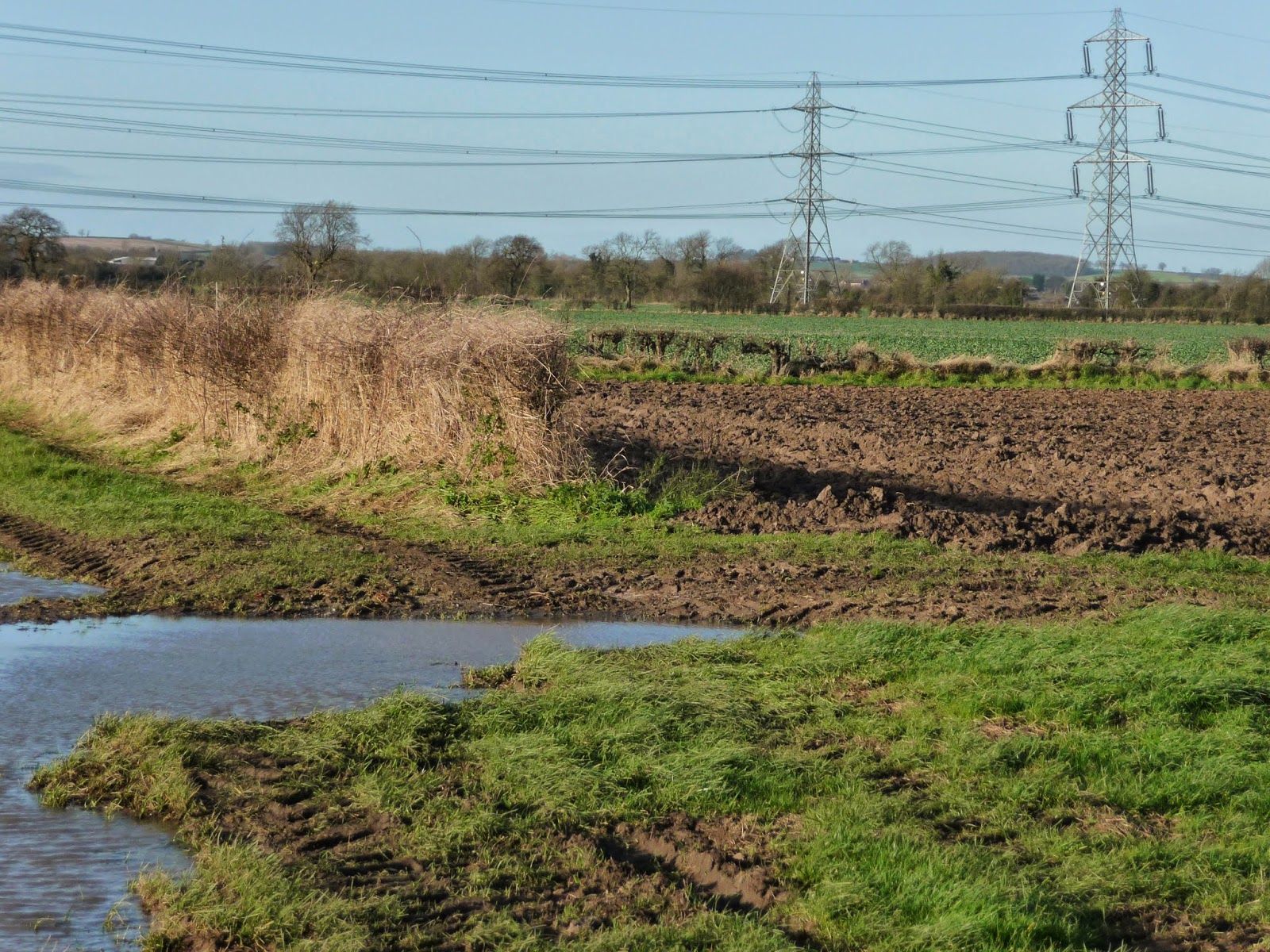Two point or angular perspective
It is the day after Boxing Day and although the weather is bright the ground is covered in a substantial depth of snow. In view of that I've opted to draw a pile of books on a table rather than a building seen corner on.
I am reminded of my very first work on this course and how I tussled with drawings books on a table.
 |
| My early drawing of books on a table |
I can only hope that the things I've learnt help a bit!
I now know that what I was attempting was just too complicated for someone who didn't know what she doing!
Only in the interest of honesty in my blog am I including this. I've marked on my eye level and drawn in some perspective lines but it seems so wrong I couldn't continue. I think maybe it's the fact that all the books are at a different angle. I ended up getting so frustrated I put it to one side hoping that something would drop into place.
Fortunately the following day there was less snow around so I was able to draw the corner of the barn.
I felt fairly confident in what I'd drawn only to find it was very inaccurate when I drew on the perspective lines.
 |
| The barn on the corner |
 |
| The barn on the corner with perspective lines |
Once again I can see clearly that it's not right but at the time I drew it looked OK.
I went back to the building and had a closer look (see photo). There was snow on the ground that stopped me getting a proper base line and the walls were well out of square which ever way I looked. However, all that did was to make me a more difficult job and I should have spotted the problems before I started.
I'm understanding 2 point perspective intellectually but practically I'm floundering. Time for some practice.

I've found a you tube video that gives me a bit of help (1) and so I'm going to give it a try because it means lots of practice so I might get my head around what I'm doing.
 |
| Cityscape after Tom MacPherson (1) |
This was an excellent way to try lots of angles and I've gained a better understanding of what I'm doing and why. I've been unexpectedly plunged back to my schooldays when my constant question in maths was "why" or "how" and I've realised that what I've been doing is very maths based.
I'm hoping that the work I've done will give me a good grounding for the townscapes that are coming up in the Project 5.
My next task in this exercise is to check the accuracy of the perspective in a drawing by Sir Muirhead Bone. Rome was sketched in pencil in 1910.
 |
| From OCA manual |
I was asked to copy a simplified version of this image then superimpose the perspective lines. I stared at my blank paper for ages and simply couldn't fathom out where to start so I took a photocopy and used that.
The accuracy of the drawing is variable - some windows are out of alignment and there are lots of curves around. The perspective lines are all in the same general area so I am beginning to conclude that "good enough" is OK although in a sketch. That's not to say it should be sloppy! An architectural drawing would need to be much more accurate but then it wouldn't need to be sensitive as this sketch is. Horses for courses I think.
(1) https://www.youtube.com/watch?v=yNq78n02fMQ











%2B-%2BCopy.jpg)

















%2B-%2BCopy.jpg)
.jpg)










